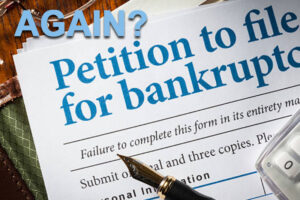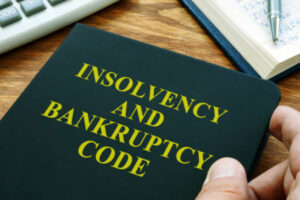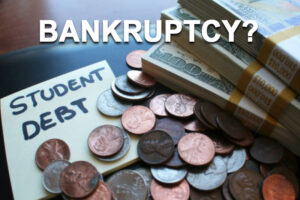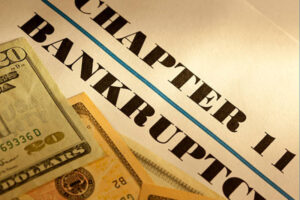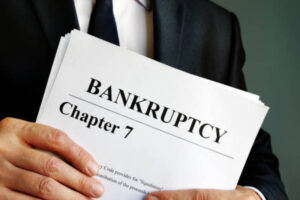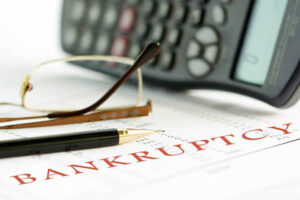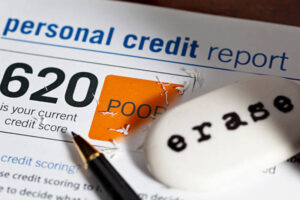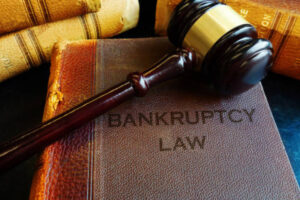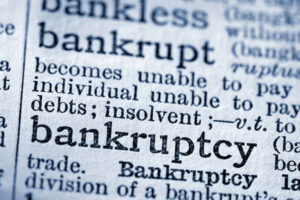Chapter 13 bankruptcy allows you to restructure your debts over a period of 3-5 years. It also allows you to extend your credit card payments over several years.
The repayment plan will give you a chance to save some of your most valuable property from foreclosure.
If you’ve fallen behind on your bills and have no idea how to make ends meet, you may consider Chapter 13 bankruptcy. This type of bankruptcy is aimed at those who have regular income and can pay back their debts over a period of three to five years.
In most cases, remaining debts will be discharged after a repayment plan is completed.
If you are planning to file a Chapter 13 bankruptcy, you should know that your creditors will have access to your assets and income. Chapter 13 bankruptcy does not require you to sell your property, although the debtor may have to sell some property that is not exempt.
Depending on your property, Chapter 13 bankruptcy may not save your home, so you should know what to expect. The trustee will then distribute the funds to your creditors, and you can regain control of your finances.
In order to qualify for chapter 13 bankruptcy, you must have a certain amount of debt. You cannot file for Chapter 13 if you have more than $45,000 in unsecured debt.
But if you have less than $4,000 in unsecured debt, you may still qualify for it.
In addition, if you are self-employed, you can file for Chapter 13 bankruptcy. If you own a business or self-employed, you can file under this chapter if you have a large debt amount.
While there are many restrictions when it comes to Chapter 13, the most important is that you stick to your repayment plan.
You cannot add more debt to your plan without the approval of the court.
Chapter 13 bankruptcy will discharge your remaining consumer debt and eligible secured debt, but your co-signers may still be liable for the debts after the payment plan has ended.
Before you file your Chapter 13 bankruptcy petition, you will need to complete a credit counseling program. These programs are accredited by the U.S. Trustee’s office.
The courses typically cost $25 to $35. These programs will assess your income and how much you need to pay each month to pay your bills.
The main benefit of Chapter 13 is that it allows you to keep your home. It will prevent your house from being repossessed and prevent creditors from collecting on your co-signers.
While this method can be stressful, it will allow you to keep the house while paying your debt. The three to five year repayment period will also allow you to improve your chances of making timely payments and a debt discharge.
This option is best for people who have steady income but are facing financial problems.
Ultimately, Chapter 13 bankruptcy is a fresh start for you and your creditors.

